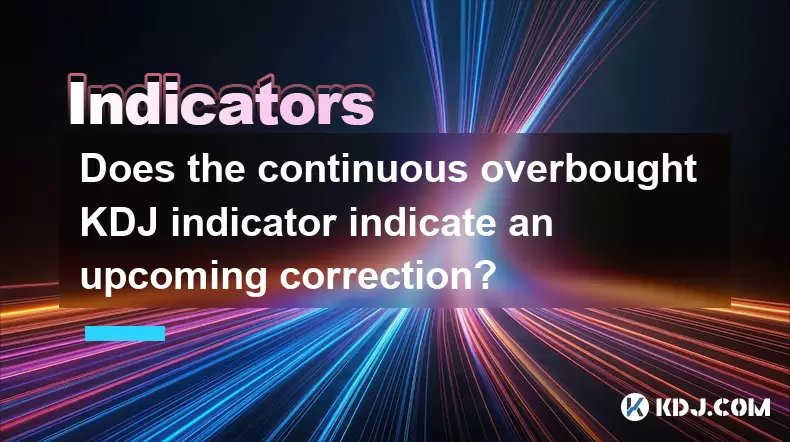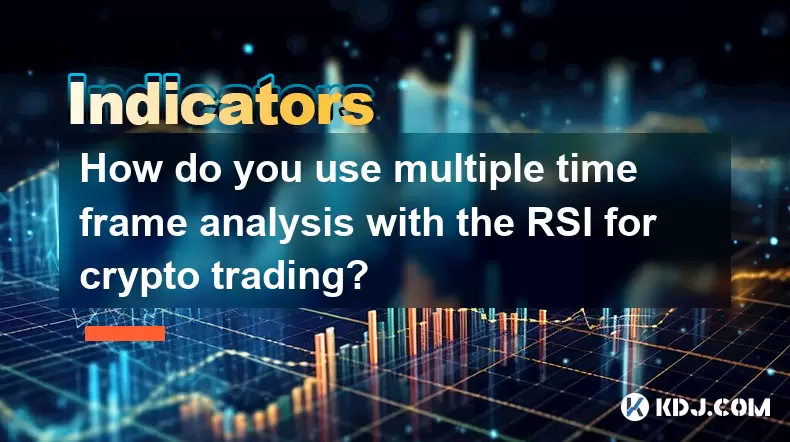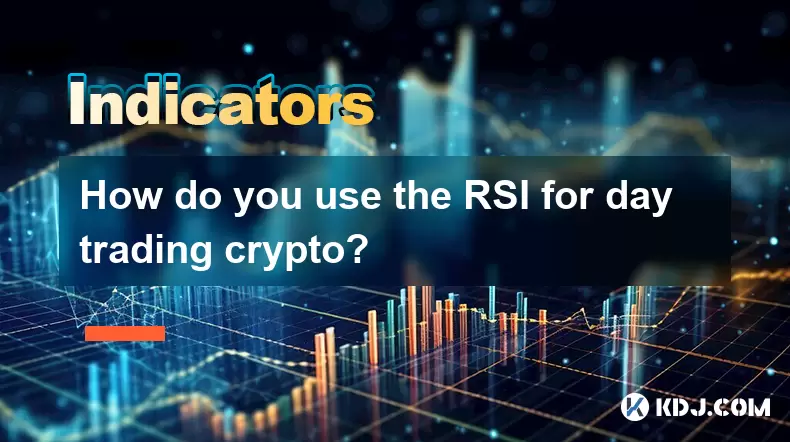-
 Bitcoin
Bitcoin $118400
0.47% -
 Ethereum
Ethereum $3836
2.20% -
 XRP
XRP $3.157
2.98% -
 Tether USDt
Tether USDt $0.9999
-0.03% -
 BNB
BNB $801.5
1.31% -
 Solana
Solana $180.9
2.07% -
 USDC
USDC $0.9999
-0.02% -
 Dogecoin
Dogecoin $0.2225
2.50% -
 TRON
TRON $0.3285
-1.02% -
 Cardano
Cardano $0.7789
2.60% -
 Hyperliquid
Hyperliquid $43.60
2.39% -
 Sui
Sui $3.892
4.41% -
 Stellar
Stellar $0.4229
3.34% -
 Chainlink
Chainlink $18.01
3.98% -
 Hedera
Hedera $0.2745
6.77% -
 Bitcoin Cash
Bitcoin Cash $582.3
3.38% -
 Avalanche
Avalanche $23.77
1.04% -
 Ethena USDe
Ethena USDe $1.001
0.01% -
 Toncoin
Toncoin $3.493
3.59% -
 Litecoin
Litecoin $110.0
2.48% -
 UNUS SED LEO
UNUS SED LEO $8.936
-0.37% -
 Shiba Inu
Shiba Inu $0.00001304
2.49% -
 Uniswap
Uniswap $9.999
1.09% -
 Polkadot
Polkadot $3.897
3.26% -
 Monero
Monero $308.6
-0.83% -
 Dai
Dai $0.9999
-0.01% -
 Bitget Token
Bitget Token $4.504
-0.04% -
 Pepe
Pepe $0.00001154
2.95% -
 Cronos
Cronos $0.1471
3.06% -
 Ethena
Ethena $0.6691
19.53%
Does the continuous overbought KDJ indicator indicate an upcoming correction?
The KDJ indicator helps crypto traders spot overbought conditions above 80, but relying solely on it can lead to false signals during strong uptrends.
Jun 21, 2025 at 04:22 pm

Understanding the KDJ Indicator in Cryptocurrency Trading
The KDJ indicator, also known as the stochastic oscillator, is a momentum-based technical analysis tool widely used by cryptocurrency traders to identify overbought and oversold conditions. It consists of three lines: the %K line, the %D line (a moving average of %K), and the %J line (which reflects the divergence between %K and %D). When the KDJ enters the overbought zone, typically above 80, it signals that an asset may be overvalued and could face downward pressure.
In the volatile world of cryptocurrencies like Bitcoin or Ethereum, understanding how the KDJ reacts to market sentiment is crucial. Traders often rely on this indicator to anticipate trend reversals. However, due to the speculative nature of crypto markets, overbought readings can persist for longer than expected, making it risky to short based solely on this signal.
How Overbought KDJ Can Mislead Traders
An overbought KDJ reading doesn’t always guarantee a price reversal. In strong uptrends, especially during bull runs, cryptocurrencies can remain overbought for extended periods. For instance, during the 2021 Bitcoin rally, the KDJ stayed above 80 for several weeks without triggering a significant correction. This phenomenon is commonly referred to as "stochastic creep", where the indicator remains in overbought territory while prices continue rising.
Traders who act solely on overbought signals without considering broader market dynamics may find themselves caught in false sell signals. The key lies in combining the KDJ with other indicators such as RSI, MACD, or volume analysis to confirm potential reversals. Additionally, analyzing candlestick patterns and support/resistance levels helps avoid premature exits from long positions.
Identifying High-Probability Correction Signals
To increase the reliability of the KDJ in predicting corrections, traders should look for specific confluences:
- Crossover of %K and %D lines below the overbought level: A bearish crossover occurs when the %K line crosses below the %D line, particularly after both have been above 80.
- Divergence between price and KDJ: If the price makes a new high but the KDJ fails to surpass its previous high, it suggests weakening momentum.
- Volume confirmation: A spike in selling volume alongside an overbought KDJ exit increases the likelihood of a pullback.
By aligning these factors, traders can filter out noise and focus on high-probability setups. Using multiple timeframes—such as checking daily and 4-hour charts—also enhances accuracy.
Practical Steps to Trade Based on KDJ Signals
For those looking to trade corrections using the KDJ indicator, here’s a detailed step-by-step guide:
- Step 1: Open your preferred trading platform (e.g., Binance, TradingView) and apply the KDJ indicator to the chart of your chosen cryptocurrency.
- Step 2: Adjust the settings if necessary; default values are usually 9-period for %K and 3-period smoothing for %D.
- Step 3: Monitor when the KDJ enters the overbought zone (>80). Avoid immediate action at this stage unless other signs suggest weakness.
- Step 4: Watch for a bearish crossover (when %K drops below %D) within or just below the overbought region.
- Step 5: Check for price rejection at resistance levels or bearish candlestick patterns like shooting stars or engulfing candles.
- Step 6: Confirm with additional tools like RSI or MACD to ensure there's no conflicting bullish signal.
- Step 7: Place a short trade or take profit on longs only when all conditions align, and set a stop loss above recent swing highs.
This approach ensures disciplined trading based on confluence rather than isolated signals.
Common Pitfalls When Interpreting KDJ Readings
Many novice traders fall into traps when interpreting the KDJ in cryptocurrency markets. One common mistake is assuming that every overbought reading will result in a price drop. In reality, during strong trends, prices can defy traditional technical signals. Another pitfall is failing to adjust the KDJ parameters to suit different timeframes and assets. For example, using a 9-period setting on a 1-minute chart may generate too many false signals.
Moreover, some traders ignore market context, such as news events or macroeconomic developments that can override technical indicators. Lastly, not using proper risk management techniques like stop losses or position sizing can lead to significant losses even if the KDJ correctly predicts a correction.
Frequently Asked Questions
Q1: Can the KDJ indicator be used effectively on lower timeframes like 15-minute or 1-hour charts?
Yes, the KDJ can be applied to lower timeframes, but it tends to produce more frequent and less reliable signals. Traders should combine it with other tools like moving averages or volume indicators to reduce noise.
Q2: What is the ideal KDJ setting for cryptocurrency trading?
While the default setting is 9, 3, 3, some traders prefer adjusting the period length depending on the asset and timeframe. For volatile cryptocurrencies, a slightly higher setting like 14 may smooth out erratic movements.
Q3: Is the KDJ better suited for certain types of cryptocurrencies?
The KDJ works best in range-bound or moderately trending markets. It may give misleading signals in highly volatile or illiquid altcoins where price spikes distort momentum readings.
Q4: How does the KDJ compare to RSI in detecting overbought conditions?
Both KDJ and RSI measure overbought/oversold levels, but they differ in calculation. RSI focuses on price change velocity, while KDJ compares closing prices to a range. Using them together improves accuracy.
Disclaimer:info@kdj.com
The information provided is not trading advice. kdj.com does not assume any responsibility for any investments made based on the information provided in this article. Cryptocurrencies are highly volatile and it is highly recommended that you invest with caution after thorough research!
If you believe that the content used on this website infringes your copyright, please contact us immediately (info@kdj.com) and we will delete it promptly.
- SEC, Crypto, and Securities: Navigating the New Frontier
- 2025-08-01 05:10:12
- Cardano (ADA) Market Cap: Can It Compete with Emerging Cryptocurrencies and Meme Coins?
- 2025-08-01 04:30:12
- SEC, Crypto, and On-Chain: Navigating the Regulatory Maze
- 2025-08-01 02:31:40
- Jito Labs, Solana, and Liquid Staking: Riding the Wave of Innovation
- 2025-08-01 03:50:12
- Perpetual DEX: Navigating Onchain Trading and Solving Core Problems, a NY Perspective
- 2025-08-01 03:57:53
- Bitcoin Bullish Market: How Long Positions are Boosting the Crypto King
- 2025-08-01 02:35:33
Related knowledge

How do you use multiple time frame analysis with the RSI for crypto trading?
Aug 01,2025 at 05:19am
Understanding the Role of RSI in Crypto TradingThe Relative Strength Index (RSI) is a momentum oscillator that measures the speed and change of price ...

How can you use the RSI to determine exit points in crypto trades?
Aug 01,2025 at 04:29am
Understanding the Role of RSI in Crypto TradingThe Relative Strength Index (RSI) is a momentum oscillator widely used in the cryptocurrency market to ...

How do you use the RSI for day trading crypto?
Aug 01,2025 at 05:26am
Understanding the RSI in Cryptocurrency TradingThe Relative Strength Index (RSI) is a momentum oscillator that measures the speed and change of price ...

What does it signify when the MACD crosses below the zero line?
Aug 01,2025 at 01:43am
Understanding the MACD IndicatorThe Moving Average Convergence Divergence (MACD) is one of the most widely used technical analysis tools in the crypto...

How does the MACD histogram show momentum?
Aug 01,2025 at 01:16am
Understanding the MACD Histogram and Its Role in Cryptocurrency TradingThe MACD histogram is a visual representation of the difference between the MAC...

What is a MACD crossover?
Jul 31,2025 at 11:52pm
Understanding the Role of Private Keys in Cryptocurrency SecurityIn the world of cryptocurrency, private keys are the cornerstone of ownership and con...

How do you use multiple time frame analysis with the RSI for crypto trading?
Aug 01,2025 at 05:19am
Understanding the Role of RSI in Crypto TradingThe Relative Strength Index (RSI) is a momentum oscillator that measures the speed and change of price ...

How can you use the RSI to determine exit points in crypto trades?
Aug 01,2025 at 04:29am
Understanding the Role of RSI in Crypto TradingThe Relative Strength Index (RSI) is a momentum oscillator widely used in the cryptocurrency market to ...

How do you use the RSI for day trading crypto?
Aug 01,2025 at 05:26am
Understanding the RSI in Cryptocurrency TradingThe Relative Strength Index (RSI) is a momentum oscillator that measures the speed and change of price ...

What does it signify when the MACD crosses below the zero line?
Aug 01,2025 at 01:43am
Understanding the MACD IndicatorThe Moving Average Convergence Divergence (MACD) is one of the most widely used technical analysis tools in the crypto...

How does the MACD histogram show momentum?
Aug 01,2025 at 01:16am
Understanding the MACD Histogram and Its Role in Cryptocurrency TradingThe MACD histogram is a visual representation of the difference between the MAC...

What is a MACD crossover?
Jul 31,2025 at 11:52pm
Understanding the Role of Private Keys in Cryptocurrency SecurityIn the world of cryptocurrency, private keys are the cornerstone of ownership and con...
See all articles

























































































